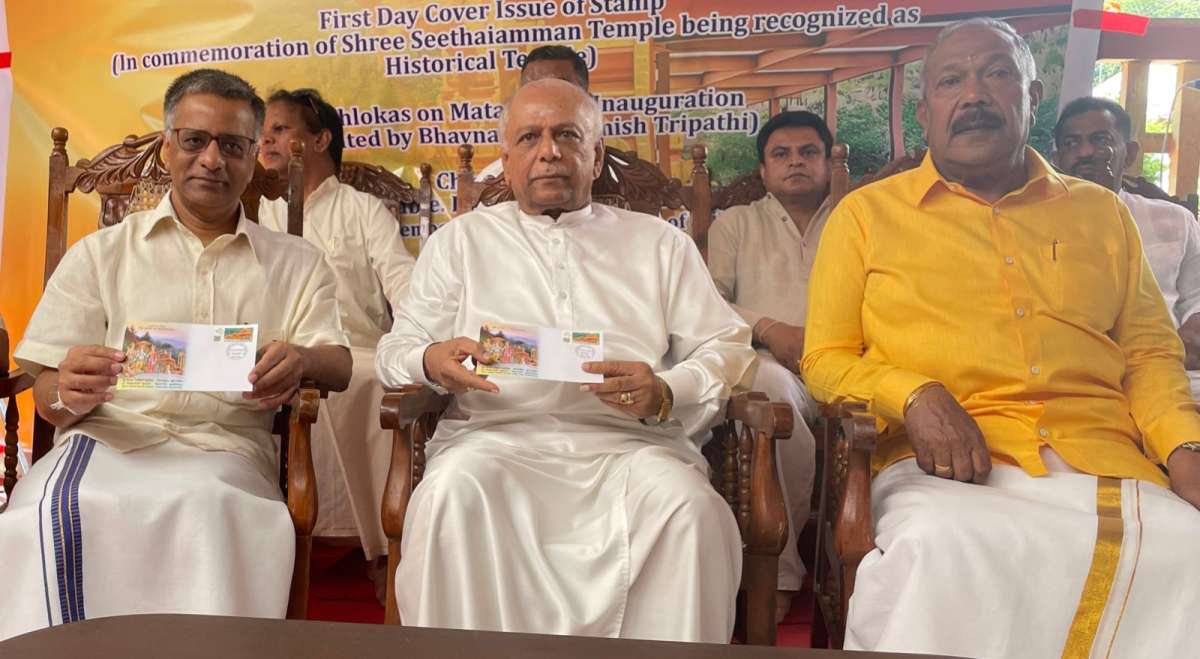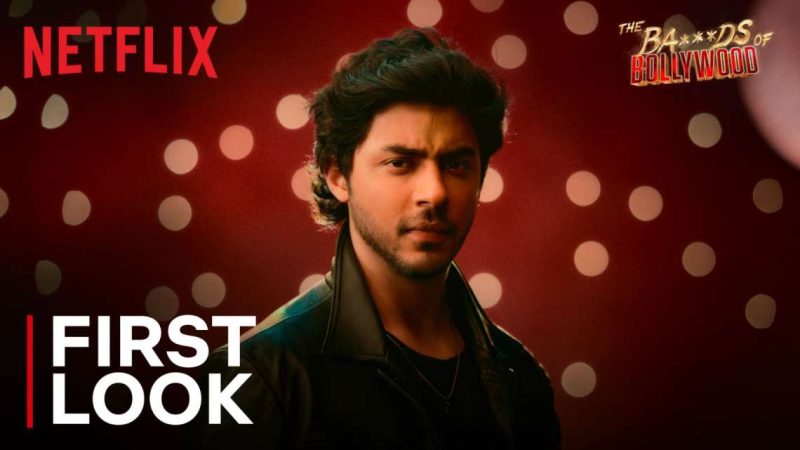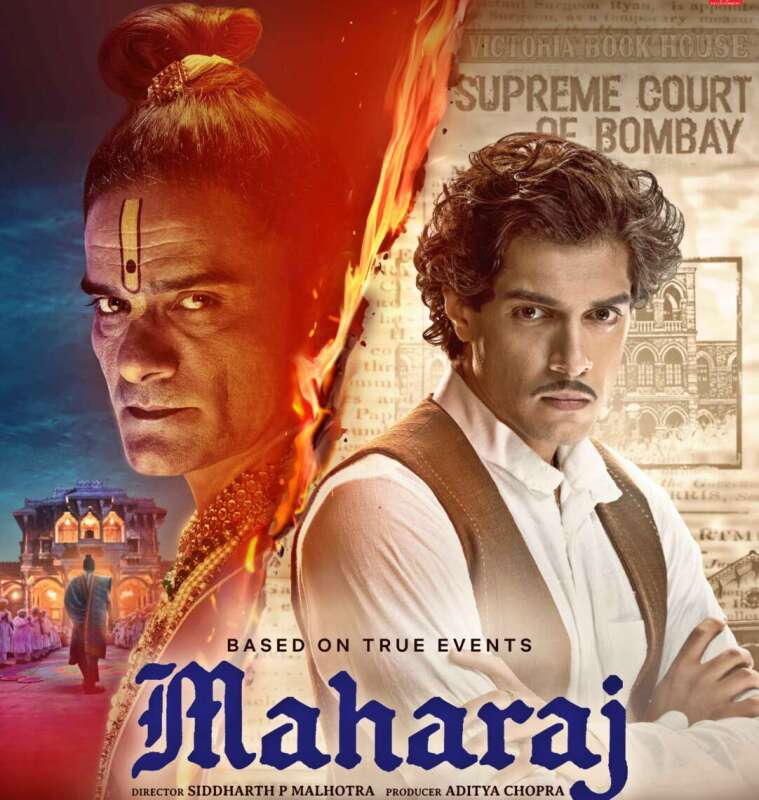Some prospect hunters with an aim to make quick bucks misread the demand for films on the video format. They started making feature films in the video format with budgets of as little as Rs 3-5 lakh at a time when the budget for a Hindi film went up to Rs 50-60 lakh…writes Vinod Mirani
The business of cinema has come a full circle. OTT platforms, which majorly depend on films as their prime content provider, are now facing a shortage of supply. Feature films carry a universal appeal and are the biggest draw for eyeballs on the OTT platforms.
People may have followed some web series on OTT, especially during the Covid-19 pandemic lock down and explored content from all over the world. That was because the supply of new films had halted. Still, feature films ruled the OTT platforms, mostly the old ones.
Now that the world was coming closer, thanks to the Internet, people explored all the options available to them during the lockdown. But films remained the main attraction.
So, two major players, Apple and Amazon Prime, have decided to invest up to a billion dollars in film production with the aim to give them a theatrical release. People love to watch a movie in a cinema, but high admission rates combined with the pandemic-borne lockdown drove the entertainment seekers to OTT streaming.

What worked here too were the films, except occasional web series. The catch here is that a movie is a movie only when it is released in cinemas and not directly on an OTT platform. A theatrical release is like an endorsement for a feature film. Also, when a film releases in a cinema, it gets publicity as well as media exposure. In short, it creates public awareness about the film.
In India, we learnt this lesson the hard way very early, a few decades back. This was when the video format came to India. Anybody who could afford a video player (others could get one on rend), rented video cassettes to watch films. Cassettes were available on rent as video piracy thrived.
Some prospect hunters with an aim to make quick bucks misread the demand for films on the video format. They started making feature films in the video format with budgets of as little as Rs 3-5 lakh at a time when the budget for a Hindi film went up to Rs 50-60 lakh.
The market was flooded with over 5,000 video films. Sadly, there were no takers, though the market was gradually going legit, because neither the video rights buyer, nor the viewer cared for films shot on video format. Nobody wanted a film that was not a regular feature film made for cinemas. As a result, investments in about 5,000 video films went down the drain.
This fact now seems to have dawned on the OTT big shots in the US of A. They plan big-time investments in feature films, give them a regular theatrical release, which would add majorly to a film’s recovery and also qualify it for the OTT platform as a regular film. This will also help the cinema chains survive, considering the deficit of supply which has forced the cinemas to reduce admission rates by a third of the original.
Closer home, the good news for the trade in general and the exhibition trade in particular is that the entertainment arm of Reliance Industries, Jio Cinema, which has been working on putting together a slate of entertainment content for some time, has finally announced an extensive slate of 100 productions in various languages, which include films as well as OTT content.
Jio Cinema has been working on content gathering, but, probably, did not want to announce this till they had a substantial repertoire on hand. Although the company’s initial plan was to expand itself in the news media with a channel dedicated to each city or town, an idea one would think was far-fetched and would serve no real purpose, this shift to the entertainment media is welcome. Entertainment has takers all around.
Jio Cinema has been making its moves gradually, one at a time. From the Jio mobile network to acquiring interests in television news media, its progression from a small smartphone screen to the big screen and 5G will finally be all-encompassing: from handphone to television to the big cinema screen.
A lot of producers have announced or launched more than one project at a time. Some were just publicity gimmicks; some meant it. But what Jio Cinema is planning is a 100-project slate to start with.
Jio Cinema has interests in all kinds of content. These include films such as ‘Dunki’ (Shah Rukh Khan), ‘Bloody Daddy’ (Shahid Kapor), ‘Bhediya 2’ (Varun Dhawan), ‘Stree 2’ (Rajkummar Rao- Shraddha Kpoor) and many such regular star cast films. Stars in the company’s acquisitions / joint ventures are from all regions. They include Vijay Sethupati, R. Madhavan, Pratik Gandhi, and Arvind Swamy, among others.
Similarly, Jio Cinema’s web content includes ‘Laal Batti’, ‘Union: The Making Of India’, ‘Inspector Avinash’, ‘Rafuchakkar’, ‘Bajao’ and others offering varied content and actors.
Along with Jio Cinema, the Viacom18 OTT platform, Voot, is also reported to be on a content acquisition spree. Reliance has an interest in both Viacom and Voot.
Jio planned to release ‘Stree’ directly on OTT, but, as an afterthought, decided to give the film a theatrical release; the risks were not high. The film worked wonders and registered a good business. Similar was their experience with ‘Luka Chuppi’.
In all probability, had these films been released directly on OTT, they may not have worked or not met with the same success. As I mentioned earlier, a feature film is not accepted till it is screened in cinemas. Web series are fine, but for OTT to succeed, the route is through movies. What Apple, Amazon and Jio Cinema are doing will benefit and assure the survival of all channels of entertainment.
Government wakes up to 51-year-old problem
It has been more than 50 years since the video cassette recorder / player brought home viewing of films to India. It is also the time when video piracy also took roots. Owning a VCR was a luxury and watching a feature film at home was a privilege. Unfortunately, the films which were available on video cassettes were mostly pirated.
There were various ways of pirating a feature film. These included hijacking a film print for a few hours while it was being dispatched to nearby cinemas, or copying prints being sent to overseas markets (usually dispatched a week before a film’s India release as it needed to complete censor and other formalities in the respective country), but the cheapest and crudest way to copy a film was to make a camera print while watching a film. The format was new and people did not mind even watching such copies.

Is it not odd that the government has woken up after so many year to the issue of piracy and unauthorised exhibition of films? What is the provocation, 51 years since the problem first reared its head? The government has labelled camcording of a film in a theatre as an offence. Does it still happen? I don’t think so.
The piracy as it was done in the 1970s and 80s does not happen now. Yes, unauthorised exhibition of films happens big time and, no, these are not pirated prints as the government believes. The prints are acquired through unauthorized means without the acquisition of rights and are made available through the Internet.
The Government has amended the Cinematograph Act 1952. The new legislation is the Cinematograph Amendment Bill 2023. It provides for blocking websites transmitting unauthorised content.
Films from 1932 onwards, mostly from the later eras, are available on the Net. How does the government plan to determine which film is authorised and which one is not? Most of the OTT platforms operate from countries other than India and blocking a popular portal may not solve the problem because blocking does not guarantee no access. Yes, maybe you could try blocking the revenue flows to such portals.
The Bill does not mention piracy of music, which, probably, generates much more revenue for the pirates and other unlawful content providers.














